Introduction
Arduino, an open-source electronics platform, has revolutionized the world of DIY electronics and embedded systems. Known for its ease of use, flexibility, and vibrant community, Arduino offers a wide range of microcontroller boards and development tools. However, as projects grow more complex, many developers seek alternatives to the traditional Arduino IDE, and even the Arduino boards themselves. This article explores the Arduino ecosystem and presents various options for both the Arduino IDE and Arduino boards, providing you with a comprehensive guide to choosing the best tools for your next project.
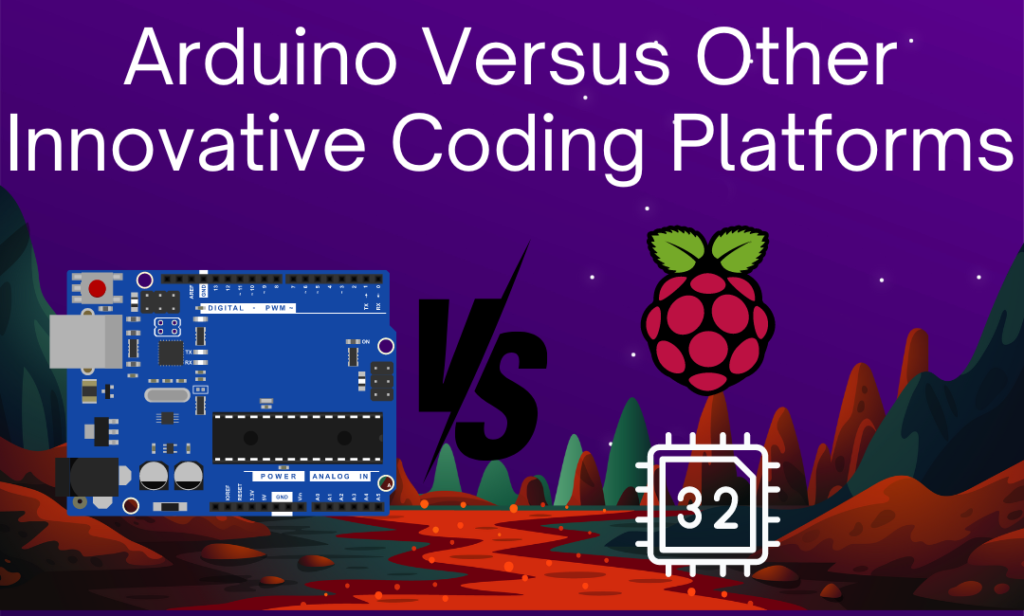
Understanding Arduino
Arduino simplifies the process of building digital devices and interactive objects that can sense and control the physical world. The core components of the Arduino ecosystem include:
Arduino Boards: These are microcontroller-based boards that can read inputs (such as light on a sensor) and turn them into outputs (like activating a motor). Popular models include the Arduino Uno, Arduino Nano, and Arduino Mega.
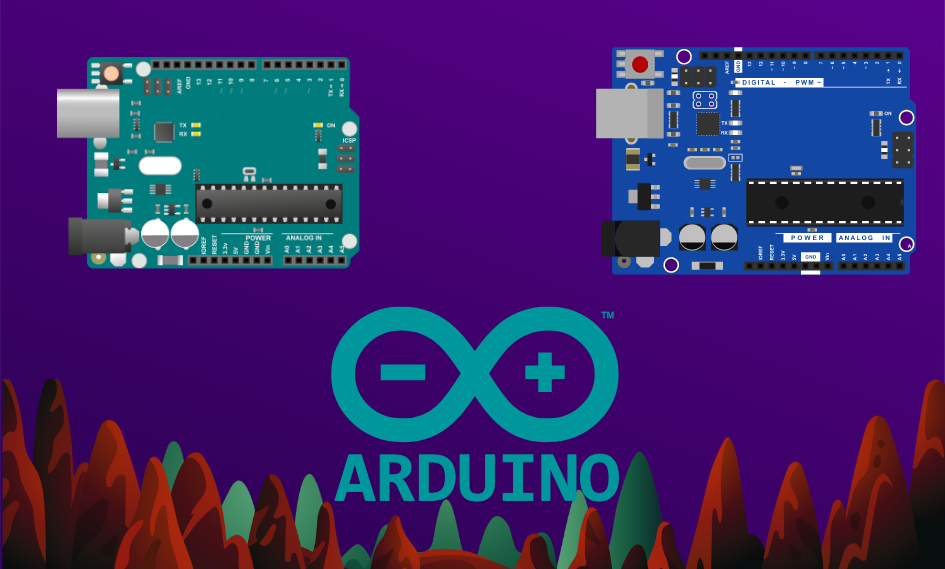
- Arduino IDE: This integrated development environment (IDE) allows users to write code, upload it to the board, and debug programs. It’s user-friendly, making it ideal for beginners.
Why Consider Alternatives to the Arduino IDE?
While the Arduino IDE is an excellent tool for beginners, it has limitations for more advanced users. Some common reasons to consider alternatives include:
- Limited Advanced Features: The Arduino IDE lacks advanced features like code completion, debugging tools, and project management capabilities.
- Performance: Larger projects can become unwieldy in the Arduino IDE due to its simple text editor and lack of advanced features.
- Integration: Many developers prefer using a single IDE for multiple platforms and languages, which the Arduino IDE does not support.

Best Arduino IDE Alternatives
- PlatformIO
PlatformIO is a modern, cross-platform development environment that supports not only Arduino but also a wide range of other embedded systems. It’s compatible with several popular IDEs, including Visual Studio Code, Atom, and Sublime Text. Key features of PlatformIO include:
Integrated Library Manager**: Simplifies the process of adding and managing libraries.
- Advanced Project Management: Supports complex project structures and dependencies.
- Debugging Tools: Provides integrated debugging capabilities.
- Atmel Studio (Microchip Studio)
Developed by Microchip Technology, Atmel Studio (now Microchip Studio) is tailored for Atmel microcontrollers, including those used in Arduino boards. It offers a comprehensive set of tools for developing and debugging embedded applications. Notable features include:
- Advanced Debugging: Hardware and software debugging support.
- Integration with Simulators: Allows for simulation of applications without hardware.
- Rich Feature Set: Includes code completion, refactoring, and project templates.
- Eclipse with Sloeber Plugin
Eclipse is a powerful, extensible IDE used for various programming languages. By adding the Sloeber plugin, Eclipse becomes a feature-rich environment for Arduino development. Benefits of using Eclipse with Sloeber include:
- Modular and Extensible: Easily add new functionalities through plugins.
- Advanced Code Editing: Features like syntax highlighting, code folding, and navigation.
- Project Management: Supports large and complex projects.
- Visual Micro
Visual Micro is a plugin for Visual Studio that transforms it into a full-fledged Arduino development environment. This solution is ideal for developers who are already familiar with Visual Studio. Key features include:
- Seamless Integration: Works within the Visual Studio environment.
- Advanced Debugging: Provides real-time debugging tools.
- Rich Feature Set: Includes code completion, refactoring, and integrated terminal.
- Code::Blocks Arduino Edition
Code::Blocks is an open-source, cross-platform IDE that can be customized for Arduino development. The Arduino Edition of Code::Blocks provides a familiar interface for users of the standard Code::Blocks IDE. Highlights include:
- Customizable: Easily add and configure new features.
- User-Friendly: Intuitive interface for easy navigation and use.
- Cross-Platform: Works on Windows, macOS, and Linux.
Embeetle IDE is a lightweight, cross-platform IDE supporting various microcontrollers, including Arduino. It emphasizes simplicity and ease of use. Features include:
- Lightweight: Minimalist design for fast performance.
- Cross-Platform: Runs on Windows, macOS, and Linux.
- Focus on Simplicity: User-friendly interface with essential features.
- CLion
CLion is a powerful C/C++ IDE by JetBrains that can be configured to work with Arduino boards. It’s known for its advanced code analysis and refactoring tools. Features of CLion include:
- Intelligent Code Analysis: Advanced tools for code completion and error detection.
- Refactoring: Easy to restructure code without changing its external behavior.
- Integrated Debugger: Powerful debugging tools for thorough testing.
The Arduino Pro IDE is an advanced version of the classic Arduino IDE, designed to offer modern features while maintaining Compatibility with the Arduino ecosystem. Features include:
- Modern User Interface: Improved design for better usability.
- Auto-Completion: Enhanced code writing efficiency.
- Git Integration: Built-in version control for collaborative projects.
Alternatives to Arduino Boards
- ESP8266 / ESP32
The ESP8266 and ESP32 boards are popular choices for IoT projects due to their built-in Wi-Fi and Bluetooth capabilities. These boards are powerful and cost-effective, with a large community and extensive support. Features include:
- Wi-Fi and Bluetooth: Built-in connectivity for IoT applications.
- High Performance: Faster processors compared to many Arduino boards.
- Low Cost: Affordable for budget-conscious projects.
- Raspberry Pi Pico
The Raspberry Pi Pico is based on the RP2040 microcontroller and offers a powerful yet affordable alternative to Arduino boards. It supports C/C++ and MicroPython, with a growing community and good documentation. Features include:
- Dual-Core Processor: More processing power for complex applications.
- Affordable: Cost-effective for a wide range of projects.
- Flexible Programming: Supports multiple programming languages.
- Teensy
Teensy boards are known for their high performance and extensive feature set, making them ideal for more demanding projects. They are also compatible with the Arduino ecosystem, providing an easy transition for Arduino users. Features include:
- High Performance: Faster and more capable than many Arduino boards.
- Advanced Features: More GPIO pins, better ADC/DAC, and higher resolution PWM.
- Arduino Compatibility: Easily integrates with the Arduino IDE and libraries.
- STM32 Nucleo
STM32 Nucleo boards, based on STM32 microcontrollers, offer a wide range of features and performance levels. They are supported by the STM32CubeIDE and the Arduino ecosystem, providing flexibility for various projects. Features include:
- Wide Range of Options: Various models with different capabilities.
- Advanced Features: High-performance peripherals and connectivity options.
- Strong Community Support: Extensive resources and support from the STM32 community.
- Microchip Curiosity Boards
Microchip Curiosity boards, based on PIC and AVR microcontrollers, offer a range of features suitable for various applications. They are supported by the MPLAB X IDE, providing a robust development environment. Features include:
- Wide Range of Microcontrollers: Options for different performance levels and features.
- MPLAB X IDE Support: Advanced development tools and debugging capabilities.
- Flexible: Suitable for a wide range of applications, from simple to complex projects.
- Particle Photon / Argon / Boron
Particle’s Photon, Argon, and Boron boards are designed for IoT projects with built-in connectivity options (Wi-Fi, Bluetooth, Cellular). They are supported by the Particle Cloud and IDE, providing a seamless development experience. Features include:
- IoT Focused: Built-in connectivity for easy integration with IoT applications.
- Particle Cloud: Integrated cloud services for device management and data handling.
- User-Friendly: Easy to set up and use with comprehensive documentation.
BeagleBone boards are open-source hardware computers offering more processing power and connectivity options than typical microcontroller boards. They are suitable for more complex projects requiring Linux capabilities. Features include:
- High Performance: Capable of running Linux for more demanding applications.
- Extensive Connectivity: Multiple interfaces for peripherals and networking.
- Open-Source: Strong community support and extensive resources.
Adafruit Feather is a versatile development board family with various microcontroller options and built-in modules. They are ideal for prototyping and wearable projects. Features include:
- Modular Design: Wide range of FeatherWing add-ons for expanded functionality.
- Portable: Small form factor suitable for wearable and portable projects.
- User-Friendly: Comprehensive documentation and support from the Adafruit community.
Conclusion
The Arduino ecosystem, with its user-friendly boards and IDE, is an excellent starting point for electronics and embedded systems projects. However, as your projects grow more complex, exploring alternatives can provide advanced features, better performance, and increased flexibility. Whether you need a more powerful IDE or a microcontroller board with specific capabilities, there are plenty of options to suit your needs. By considering the alternatives presented in this article, you can select the best tools to enhance your development experience and bring your projects to life.
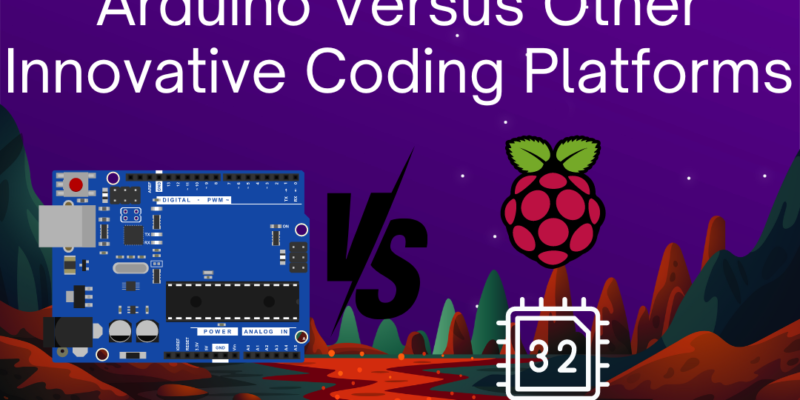

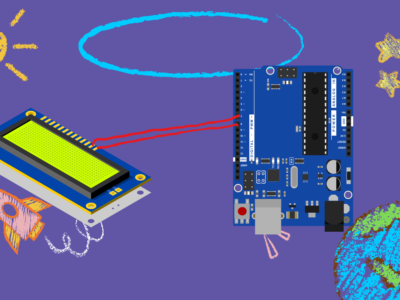
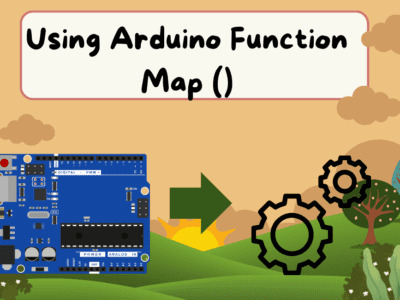
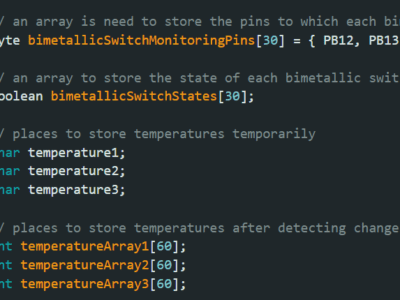
Comments